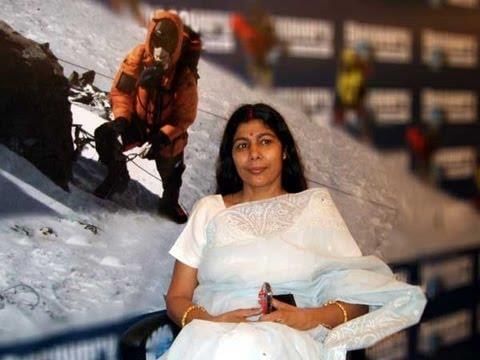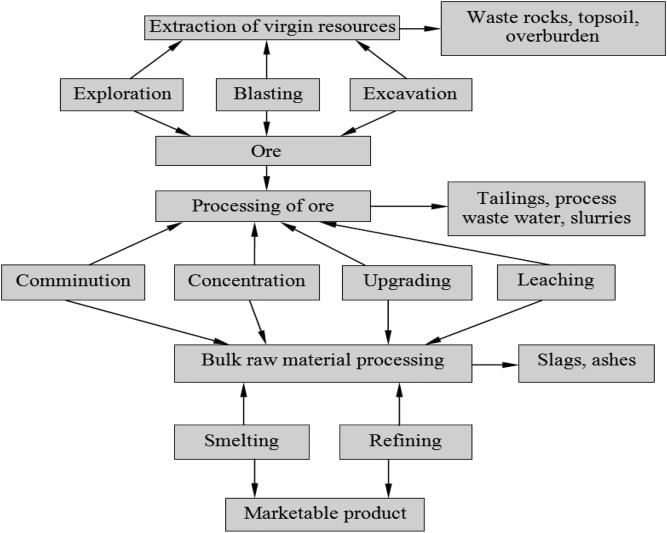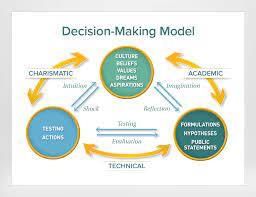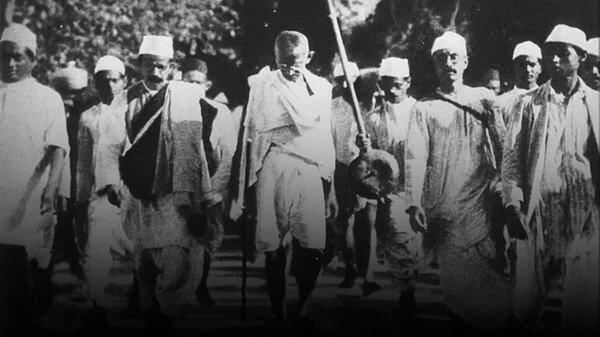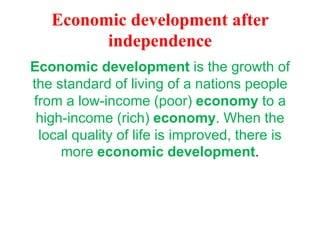|
What are the primary concerns of tribal communities regarding industrial development in Orissa? |
Card: 1 / 50 |
|
The tribal communities are concerned about potential displacement from their homes and loss of their livelihoods due to the establishment of industries.  |
Card: 2 / 50 |
|
True or False: The central government believes that allowing industrial development in Orissa could deter future investments in the country. |
Card: 3 / 50 |
|
Fill in the blank: The iron ore resources in Orissa are located in some of the most ___ areas of the state, which are mainly inhabited by tribal communities. |
Card: 5 / 50 |
|
What strategy has the Orissa state government employed to attract investments in the steel industry? |
Card: 7 / 50 |
|
The Orissa state government has formed Memorandums of Understanding (MoUs) with both international and local steel manufacturers to attract necessary capital investments. |
Card: 8 / 50 |
|
Riddle: I am a resource found underground, valuable for steel's crown. Mining me can be a cause for debate, as it affects many, including the state. What am I? |
Card: 9 / 50 |
|
What potential environmental impact is associated with the mining and industrial activities in Orissa? |
Card: 11 / 50 |
|
Mining and industrial activities could harm the environment, raising concerns among environmental advocates.  |
Card: 12 / 50 |
|
Multiple Choice: What is the main reason the Orissa government is pursuing industrial investment? A) To improve education B) To create job opportunities C) To increase tourism D) To preserve tribal lands |
Card: 13 / 50 |
|
What is the primary role of experts in the context of political decision-making? |
Card: 15 / 50 |
|
Experts provide valuable insights and advice, but the final decisions should be made by elected representatives who understand public sentiment. 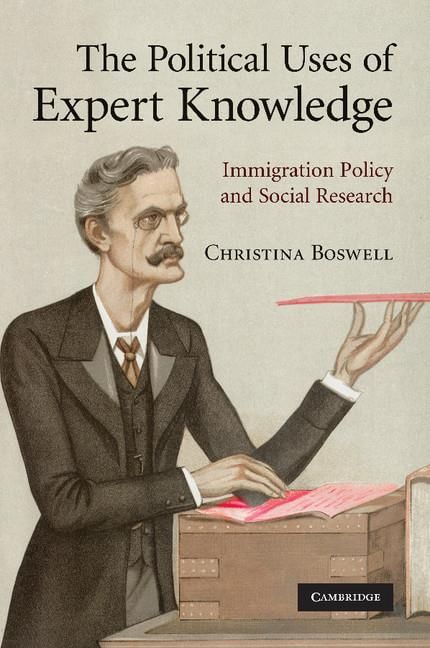 |
Card: 16 / 50 |
|
Fill in the blanks: After gaining independence, India aimed for development focusing on economic growth as well as ___ and ___ justice. |
Card: 17 / 50 |
|
True or False: The process of development in India has no political implications and does not require public involvement. |
Card: 19 / 50 |
|
False. The process of development has significant political implications and requires public discussions and approval. 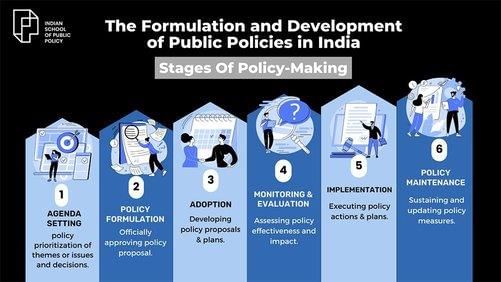 |
Card: 20 / 50 |
|
What were some of the debates regarding the government's role in India's development post-independence? |
Card: 21 / 50 |
|
Debates included whether a centralized institution was necessary for planning, if the government should operate key industries, and how to balance justice with economic growth. |
Card: 22 / 50 |
|
Riddle: I am a decision made by representatives who feel the pulse of the people. What am I? |
Card: 23 / 50 |
|
What consensus existed among Indian leaders regarding the approach to economic development after independence? |
Card: 25 / 50 |
 Unlock all Flashcards with EduRev Infinity Plan Starting from @ ₹99 only
|
|
There was a consensus that development should focus on both economic growth and social justice, with a significant role for the government. |
Card: 26 / 50 |
|
Fill in the blank: In a democracy, major decisions should be made or approved by the ___ themselves. |
Card: 27 / 50 |
|
Multiple Choice: Which of the following best describes the nature of decisions made in a democracy? A) Random decisions B) Expert-driven decisions C) Political decisions made by representatives D) Decisions made solely by industrialists |
Card: 29 / 50 |
|
What are the differing views on development held by an industrialist, an urban consumer, and an Adivasi in Orissa? |
Card: 31 / 50 |
|
Each group perceives development differently based on their social, economic, and cultural contexts; an industrialist may focus on economic growth, an urban consumer on access to goods and services, while an Adivasi may prioritize cultural preservation and land rights. 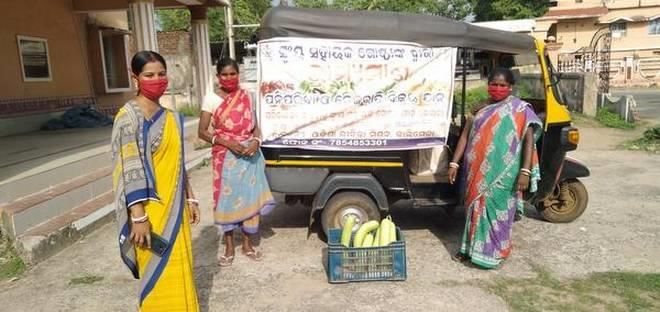 |
Card: 32 / 50 |
|
True or False: The post-Independence Indian government prioritized industrial growth over poverty alleviation. |
Card: 35 / 50 |
|
False. The post-Independence government prioritized poverty alleviation and social and economic redistribution. |
Card: 36 / 50 |
|
Fill in the blanks: At Independence, India faced two models of development: the liberal-capitalist model of ___ and ___, and the socialist model of the USSR. |
Card: 37 / 50 |
|
What was the influence of the Soviet model on Indian leaders post-Independence? |
Card: 39 / 50 |
|
Many Indian leaders, including those in the Communist and Socialist Parties, as well as Jawaharlal Nehru in the Congress, were influenced by the Soviet model, reflecting a preference for socialism over American-style capitalism. 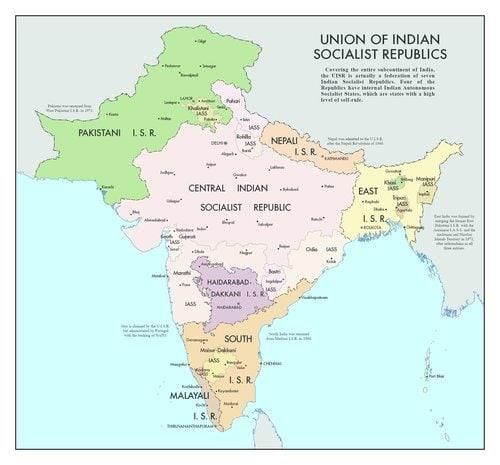 |
Card: 40 / 50 |
|
Riddle: I am a process that transforms societies, often associated with growth and modernization, but can lead to the breakdown of traditional structures. What am I? |
Card: 41 / 50 |
|
What were the main economic concerns of India post-Independence as opposed to the colonial government's focus? |
Card: 43 / 50 |
|
India's economic concerns were centered on poverty alleviation and social and economic redistribution, differing from the colonial government's commercial focus. |
Card: 44 / 50 |
|
According to the modernization framework, countries are classified as developed, developing, or ___? |
Card: 45 / 50 |
|
True or False: The rise of capitalism and liberalism was a central theme in India's post-Independence development discussions. |
Card: 47 / 50 |
|
What was the primary role of the Planning Commission in India after independence? |
Card: 49 / 50 |
|
The Planning Commission was established to determine India's development path and strategy, with the Prime Minister as its Chairperson. |
Card: 50 / 50 |





